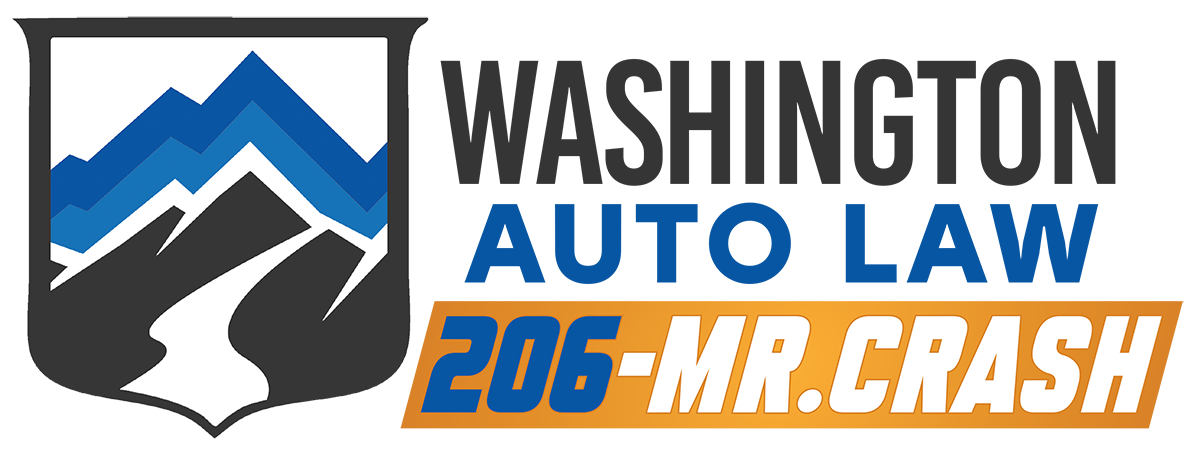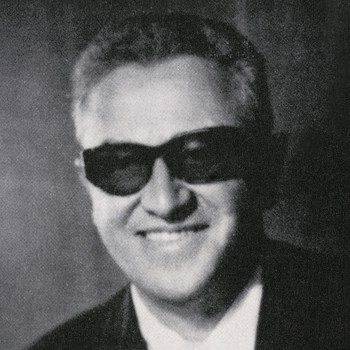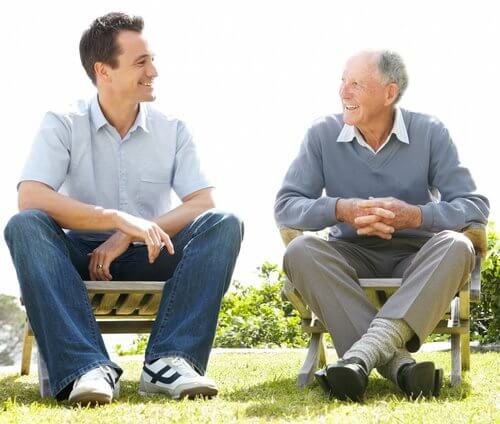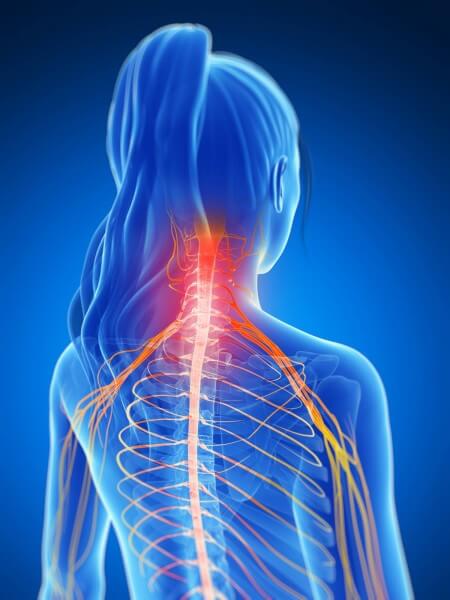How to prove the other driver was at fault?
Being involved in a car accident is often overwhelming and stressful. Beyond dealing with injuries, vehicle repairs, and insurance companies, there’s one key question that needs to be answered early on: who was at fault? Proving that the other driver was responsible is critical if you want to recover compensation for your damages and injuries.
In Washington State, the legal principle of comparative fault applies. This means each party involved in the accident can be held responsible based on their percentage of fault. To get the compensation you deserve, you’ll need to clearly show that the other driver was primarily or entirely at fault. This guide breaks down the process into clear, actionable steps so you can protect your rights and move forward confidently.
Understand Washington State’s Comparative Negligence Laws
Washington uses a pure comparative negligence rule, which allows you to recover damages even if you’re partially at fault for the accident. However, your compensation is reduced by your percentage of fault.
- If you’re found to be 20% at fault, your total compensation is reduced by 20%.
- Even if you’re 99% at fault, you can technically recover 1% of the damages.
- Proving the other driver was more at fault improves your financial recovery.
Understanding this legal principle is important because it shapes the evidence-gathering and negotiation strategy you’ll use during the claim process.
Collect and Preserve Strong Evidence
The more evidence you gather, the better your chances of proving fault. Immediately after the accident, if you’re physically able, start collecting the following:
- Photographs and Videos: Take clear photos of vehicle damage, the accident scene, skid marks, traffic signs, and weather conditions.
- Witness Information: Get contact details of anyone who saw the crash.
- Police Report: Always call the police and request a copy of the accident report. Officers typically record initial fault assessments and cite any violations.
Also, document your injuries and keep track of:
- Medical treatments and diagnoses
- Pain and suffering journal entries
- Time missed from work or changes to your daily routine
Use Official Traffic Laws to Your Advantage
Violations of Washington traffic laws can serve as solid proof that the other driver was at fault.
Refer to the Revised Code of Washington (RCW) for guidance. For example:
- RCW 46.61.140: Failure to stay in a lane
- RCW 46.61.050: Disobeying traffic control devices
- RCW 46.61.145: Following too closely (tailgating)
If the police cited the other driver for a violation of these laws, it can be used as powerful evidence during settlement negotiations or in court.
Use Statements and Behavior at the Scene
Sometimes, what the other driver says at the scene can help prove fault. Admissions like “I didn’t see you” or “I’m sorry, I was texting” can support your case.
Key actions to take:
- Record any verbal admissions the other driver makes (if safely possible)
- Avoid admitting fault yourself
- Stick to factual statements when speaking with police or other drivers
Leverage Technology and Tools
Dashcams and surveillance footage are increasingly useful for car accident cases. In Washington State:
- Dashcam recordings can serve as admissible evidence, especially if they show clear traffic violations.
- Nearby business or traffic cameras may have recorded the accident. Request footage promptly, as it may be deleted after a few days.
Telematics data from your vehicle (or the other driver’s, if accessible via subpoena) may show:
- Speed at the time of collision
- Braking patterns
- Vehicle movements before and after impact
Retain an Experienced Car Accident Attorney
Proving fault in a Washington car accident case can be challenging, especially when the other side disputes liability. A skilled attorney can:
- Investigate the accident thoroughly
- Collect and preserve time-sensitive evidence
- Reconstruct the crash using expert analysis
- Handle communications with insurance companies
Legal representation is especially important if your case involves:
- Serious injuries
- Commercial vehicles
- Government-owned vehicles or property
- Disputed liability or complex insurance issues
Consider the Role of Expert Witnesses
Experts can provide authoritative insights that help establish fault.
Common types of expert witnesses include:
- Accident reconstructionists who simulate the crash using physics and engineering
- Medical professionals who explain how injuries occurred
- Highway safety experts who analyze road conditions or signage
These professionals add weight to your case by offering unbiased, technical assessments.
Understand Insurance Company Tactics
Insurance companies are trained to protect their bottom line. They may attempt to shift some blame onto you, even when the facts are clear. Tactics may include:
- Asking misleading or loaded questions
- Pressuring you to accept low settlements
- Using your statements against you
An attorney can ensure your rights are protected and that you’re not unfairly blamed or undercompensated.
File Your Claim on Time
In Washington State, the statute of limitations for most car accident claims is three years from the date of the accident. However, waiting too long can lead to weakened evidence and reduced chances of success.
Acting quickly also improves the odds of recovering footage, gathering witness accounts, and completing timely medical evaluations.
What If the Other Driver Denies Fault?
If the at-fault driver refuses to accept responsibility, don’t panic. This is common, and you still have options:
- File a claim with your own insurance company under your collision or uninsured motorist coverage.
- Pursue legal action if negotiations fail.
- Let your attorney negotiate or take the case to court to secure fair compensation.
Persistence and proper legal strategy often lead to successful outcomes, even when initial fault is disputed.
Conclusion: Don’t Navigate This Alone—We’re Here to Help
Proving fault in a Washington State car accident isn’t just about collecting evidence—it’s about building a compelling case that stands up to scrutiny. With the right combination of strategy, documentation, and legal support, you can successfully prove that the other driver was at fault and secure the compensation you need to recover.
Washington Auto Law is here to guide you every step of the way. We’ll handle the legal complexities so you can focus on healing. If you’ve been injured in an accident and need help proving fault, contact us today for a free consultation. Call us or schedule an appointment online—we’re ready to fight for your full and fair compensation.






